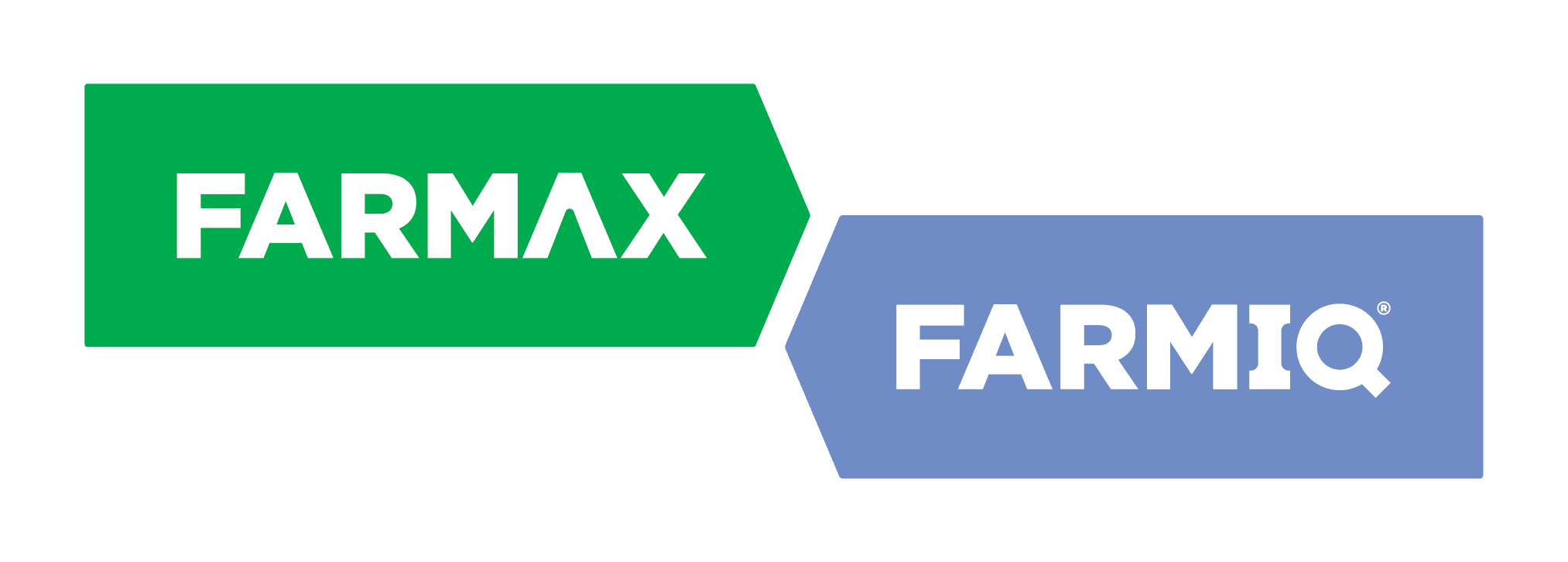Better accuracy for high input & OAD farms, with easier overrides
We’re focused on giving farmers and rural professionals the tools to make confident, data-driven decisions. Over the past few months, we’ve made a series of improvements to the engine behind FARMAX Dairy - our animal model, MOOSIM (Bryant et al. 2008). These updates sharpen model accuracy, particularly in high-input systems, and give users more visibility and control when it comes to feed demand, milk production, and body condition.
These updates are based on user feedback, particularly around modelling challenges in high-input, high-production systems. Below is an overview of the key improvements and what they mean for users.
Understanding MOOSIM
The core of FARMAX Dairy is the MOOSIM model (Bryant et al. 2008), which simulates key physiological processes in dairy cows - maintenance, pregnancy, growth, energy storage, and milk production.
MOOSIM calculates:
Milk solids production
Liveweight change
Daily dry matter (DM) intake required
It relies on inputs such as age, breed, body condition, genetics, climate, and feed quality. FARMAX then runs MOOSIM iteratively, adjusting pasture allowances to determine how much feed cows need each day.
Identified Issues
While the model has performed well in pasture-based systems, some users noted issues in intensive systems:
Under-prediction of milk solids compared to vat measurements
Overestimation of pasture intake
Over-partitioning to body condition in late lactation
These insights helped us shape a targeted set of improvements.
What’s New in MOOSIM V2
1. Pasture Inputs: Target vs Actual
Users now see two separate rows in the feed table:
Pasture (target) – your input; what you plan to offer
Pasture (actual) – modelled output based on energy used for milk and BCS
This change offers better transparency. When you adjust milk solids or BCS, you’ll see how it affects pasture intake. The model reflects actual feeding dynamics more accurately.
Figure 1 Feed Offered section of the Performance screen for a cow herd
2. Total DM Offered Displayed Clearly
The total feed offered (pasture + supplements) is now shown directly. Previously, users had to calculate this manually by factoring in utilisation losses. Now it’s automatically provided at the bottom of the feed table.
3. Scaling Milk Solids and Body Condition Score (BCS)
You can now independently scale:
Milk production
BCS
This means you can reflect herds that produce more milk and store less body fat - or vice versa. These changes feed directly into energy demand and pasture (actual) calculations.
Figure 2 Body Condition Score component of the Production section of the Performance screen
4. Easy Override of BCS
Users can:
Right-click on the BCS graph to add or adjust a value
Drag points to tweak measurements visually
It’s a faster, more intuitive way to make changes to BCS data.
Figure 3 Right click on the Production section graph of the Performance screen to open is input selector
5. Smoother BCS Curves
We’ve removed the jagged "sawtooth" look from the BCS graph. Instead of sudden jumps, the model now ramps up/down between BCS measurements - more realistic, and easier to interpret.
6. Direct Milk Solid Overrides
If you have actual milk production data, you can:
Enter values into the Model MS row (daily or monthly)
Override modelled predictions with observed values
Instantly see the impact on the model
Overridden values are shown in black; modelled values in grey. Delete a value to restore the model’s prediction.
Tip: If your model isn’t responding to feeding changes, check for manually entered overrides.
7. Choose Your Version: MOOSIM V1 or V2
You’re in control. Select between the classic MOOSIM or the enhanced MOOSIM V2 via Model Settings in the Dairy Enterprise Properties screen. New models will default to V2, but you can switch at any time.
Figure 4 Where to select MOOSIM v1 or MOOSIM v2
Why It Matters
These updates are all about:
Accuracy – Better representation of high-performance systems
Flexibility – More control for consultants and farmers
Transparency – Clearer insights into how inputs affect outputs
We’re excited about what these improvements mean for smarter, more precise farm system modelling.
References
Bryant J., Lopez-Villalobos N., Holmes C., Pryce J., Rossi J., and Macdonald K., 2008. Development and evaluation of a pastoral simulation model that predicts dairy cattle performance based on animal genotype and environmental sensitivity information. Agricultural Systems 97, 13–25.





